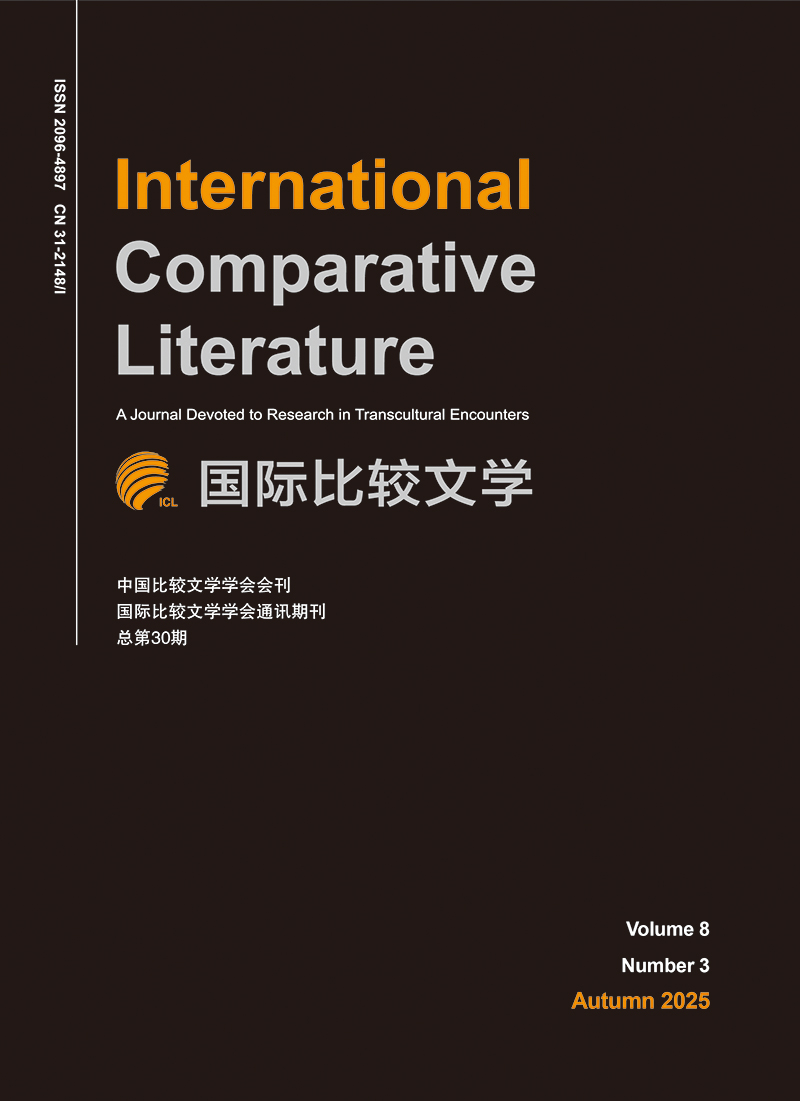2023 Vol. 6, No. 4
column
Display Method:
2023, 6(4): 7-20.
doi: 10.19857/j.cnki.ICL.20236401
Abstract:
2023, 6(4): 21-38.
doi: 10.19857/j.cnki.ICL.20236402
Abstract:
2023, 6(4): 39-53.
doi: 10.19857/j.cnki.ICL.20236403
Abstract:
2023, 6(4): 54-67.
doi: 10.19857/j.cnki.ICL.20236404
Abstract:
2023, 6(4): 68-82.
doi: 10.19857/j.cnki.ICL.20236405
Abstract:
2023, 6(4): 83-96.
doi: 10.19857/j.cnki.ICL.20236406
Abstract:
2023, 6(4): 97-107.
doi: 10.19857/j.cnki.ICL.20236407
Abstract:
2023, 6(4): 108-126.
doi: 10.19857/j.cnki.ICL.20236408
Abstract:
2023, 6(4): 127-143.
doi: 10.19857/j.cnki.ICL.20236409
Abstract:
2023, 6(4): 144-155.
doi: 10.19857/j.cnki.ICL.20236410
Abstract:
2023, 6(4): 156-176.
doi: 10.19857/j.cnki.ICL.20236411
Abstract:
2023, 6(4): 179-183.
doi: 10.19857/j.cnki.ICL.20236412
Abstract:
2023, 6(4): 184-188.
doi: 10.19857/j.cnki.ICL.20236413
Abstract:
2023, 6(4): 189-192.
doi: 10.19857/j.cnki.ICL.20236414
Abstract:


